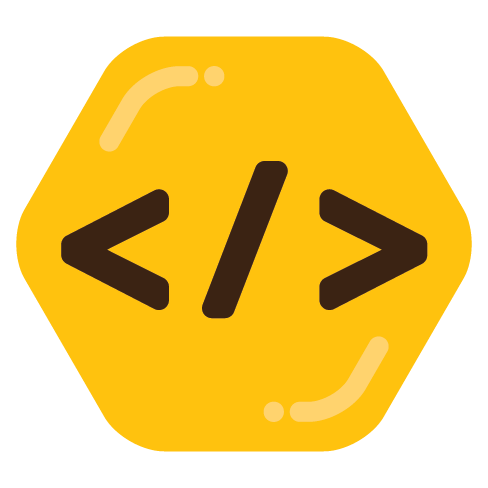

Hehe.
Won’t this new service help avoid that for users who haven’t figured out how to safely expose a system to the Internet?


Hehe.
Won’t this new service help avoid that for users who haven’t figured out how to safely expose a system to the Internet?


Isn’t that the point of the new features? Now remote access can be had without directly exposing the device to the internet?


While I generally agree that they should, I disagree that they should have to.
SSH and then some sort of VPN for remote terminal access isn’t too bad.
It has been a decade or more since I tried setting up VNC, but I never could figure out how to connect to an existing X session. Has that setup gotten better?


I think it offers not having to know enough about each of those pieces to pick one of each and set them up.
I use the KDE integration, but it seems to create a new path every time I open a file. That breaks the recent file list in apps.
Is there a good solution for that? It seems like most of the projects to do that have been abandoned.
I think that’s what the kerberos is there to solve. I’ve heard that it isn’t that bad to set up. I haven’t tried and just stuck with SMB.


Except they can be hosted by the person/company making the software. This always seemed more trustworthy than AUR to me.
Of course there are also community PPAs that would need the same scrutiny as AUR packages.


Tab groups for the friendly name at the top of a set. Edge implemented vertical tabs. Not as good as tree, but better than across the top.
I’m subscribed to https://bugalert.org/ RSS feeds, but it seems they haven’t had any activity since October last year.
Does anyone know what happened to them?


The confusion is that CSV is also just a Notepad text file that uses Commas to Separate Values.
They are asking about what kind of values are in it.


Would Truenas fit as immutable? I guess it doesn’t stop you from changing things, but doing so might break the next update.
Configuration can be exported. Disaster resolution of fresh install and restore configuration has worked for me. No data loss and even the Virtual Machines started right back up.


From the picture, it’s just the context menu key with a new key cap.


The video made it look like this was the context menu key. This may just be a key cap change for WHQL certification of keyboards.
I’d go for remoting in as not root as the first (and maybe only) step for better security.
From there, running the services in VMs would probably be the next step. Docker might be better, but I have gotten into that yet myself.
As for hypervisor, KVM has worked great for me.


I would do it by manually splitting it up into sets and writing scripts to back up each of those sets. Then you only have to figure out the split once.
I wonder if rsync has an option to do what you are asking for?
It also sounds like the kind of thing the old tape backup software would do. Maybe look into something that can pretend the drives are tapes.


The kernel has drivers for very old hardware. It was news last year when support was dropped for i486. That is a 25 year old CPU.


I think they’re expecting thunderbird users to use POP instead of imap, Gmail integration, OWA, or other protocol that expects the mail to stay on the server.
Leaving the mail on the server has been great in Thunderbird since the Mozilla days. I did jump to Gmail web app a long time ago though. I’m assuming Gmail support has improved in the last 15 years?


Is the windows partition is still there? You may be able to use one of the repair options from the install media to re-add windows to EFI instead of a full reinstall.
It is being discussed because we’re in the middle of the transition from X to Wayland. Before there wasn’t much discussion. In a few years when it settles out there probably won’t be much discussion.
Windows and Mac have never had a choice. There might have been significant changes to a window manager layer, but it would have been part of a larger version upgrade. Like between windows 3.1 and 95 or OS 9 to OS X. The visible changes would be closer to desktop environment like KDE and Gnome in Linux.